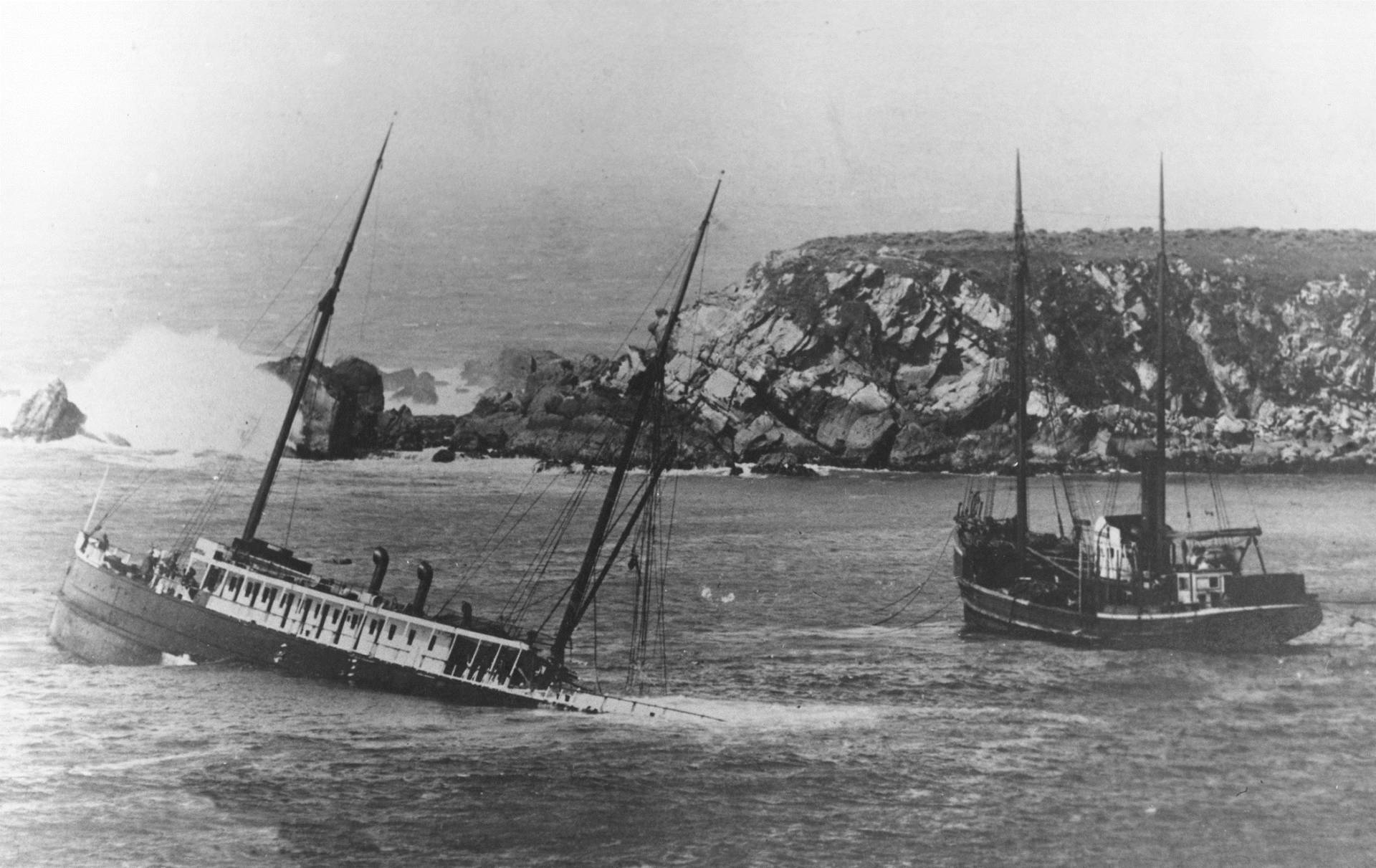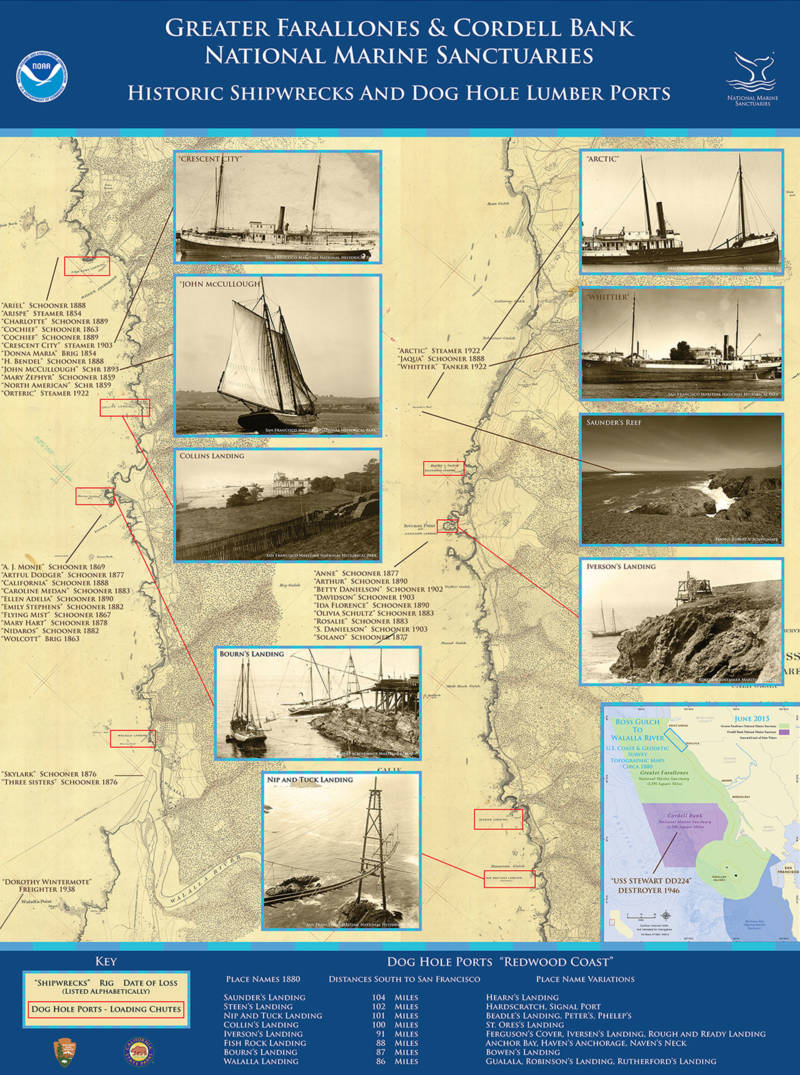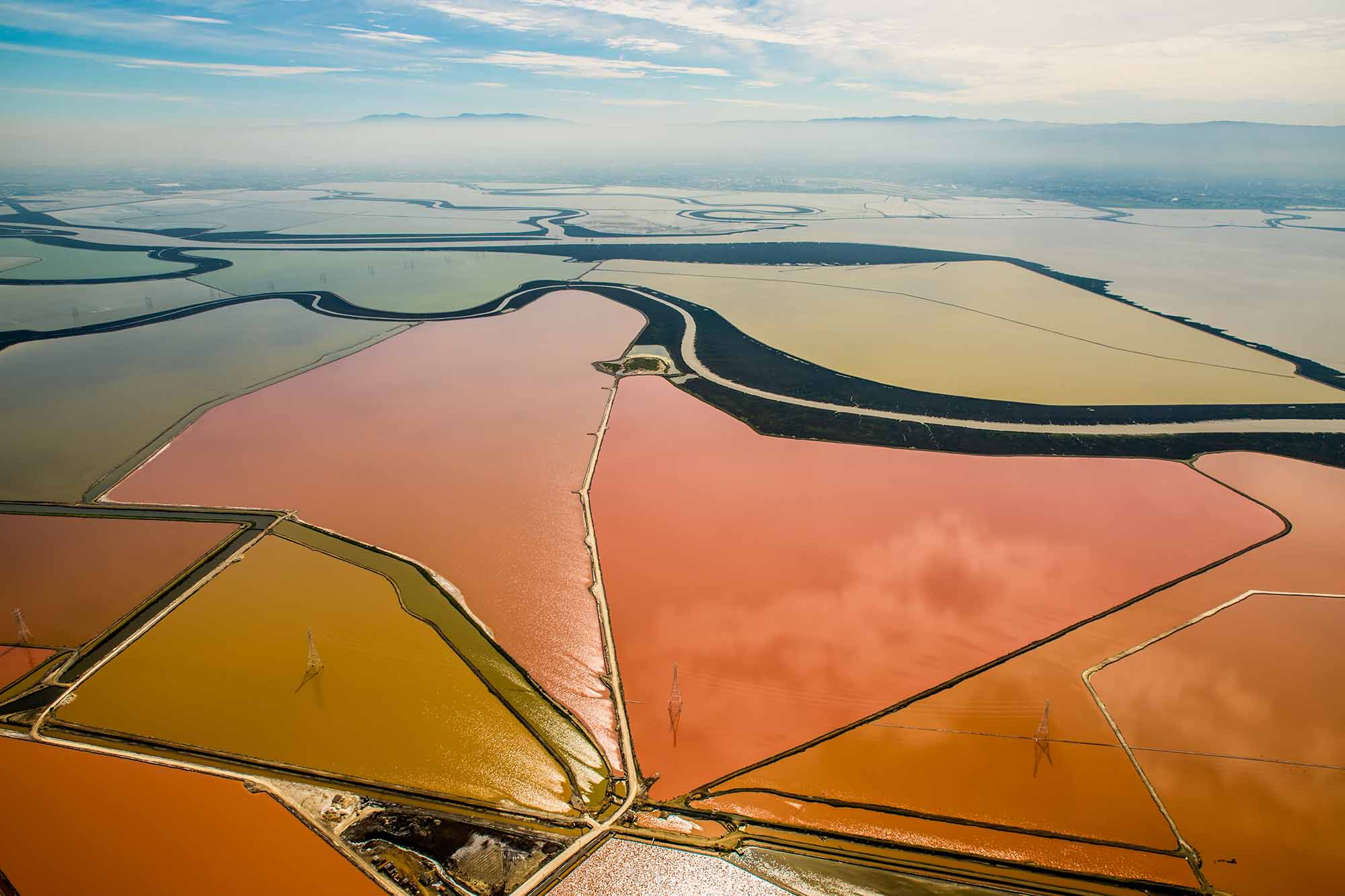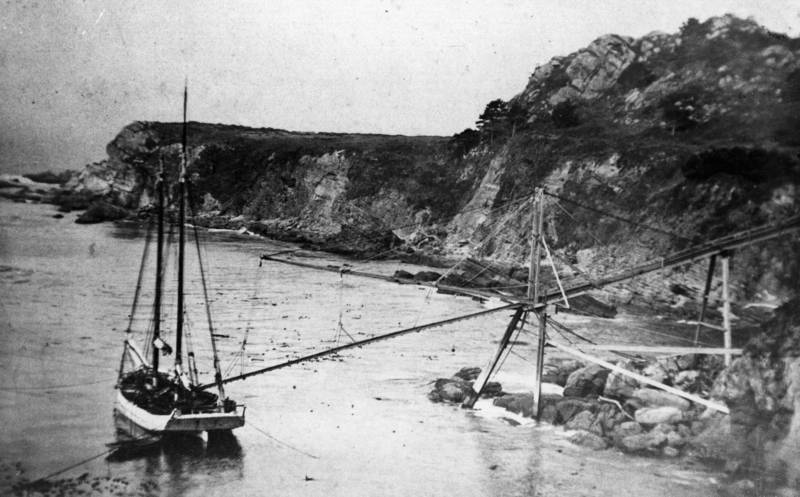Traveling along the seafloor, 2,600 feet beneath the surface, a remotely operated vessel approaches a shipwreck that’s not been seen in 65 years.
Swimming through the jellyfish and ctenophore-flecked waters, the ROV’s cameras focus on a ship, the USS Independence. It’s encrusted with sea life -- nature quickly colonizes all in its domain -- yet many features are still intact on the deck of this World War II-era aircraft carrier.
Independence was part of the U.S. Pacific Fleet, and in October 1944 was part of the Battle of Leyte Gulf, the largest naval battle in modern history. Fought to support the liberation of the Philippines from Japanese occupation, the battle was a decisive victory for the Allies against the Japanese Navy.
After the war, the ship was used as a target in Operation Crossroads, to test the impacts of nuclear weapons at Bikini Atoll. The U.S. Navy scuttled the heavily damaged carrier in 1951, not far from the Farallon Islands. It has been there ever since.
Finding and exploring Independence was a joint project between the Ocean Exploration Trust, a Connecticut organization founded by famed underwater explorer Robert Ballard, the National Oceanic and Atmospheric Administration, and Naval History and Heritage Command. The remotely operated vehicles Hercules and Argus were both part of the Titanic exploration.




